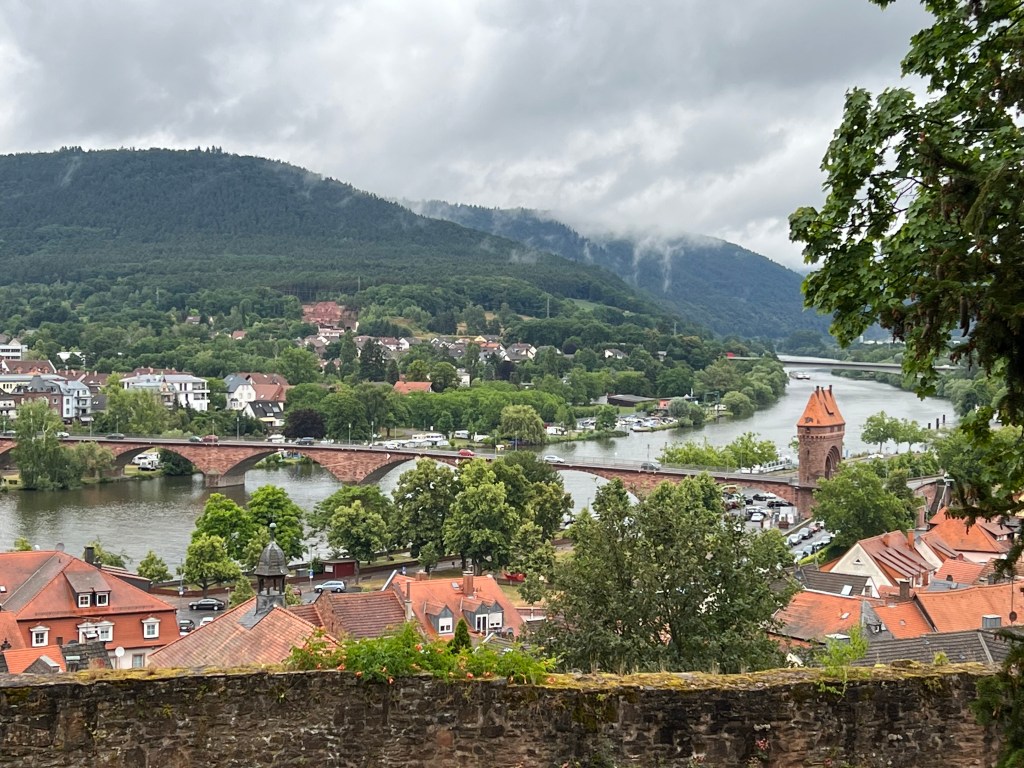
Miltenberg is a beautiful medieval town. Cruise ships dock for the day so tourists can walk in the woods, see the castle and shop along the old cobblestoned streets. Both my parents came here as children to visit their loving grandmother Selma.
My skinny mother was sent to Cafe Sel to eat Schlag (cream) off a spoon. It was there that we stopped for cake. I was flooded with memories of my New York grandmother as I ate Zwetschgenkuchen (plum cake). Jeffrey had apple strudel (I had a taste), another of her specialties.

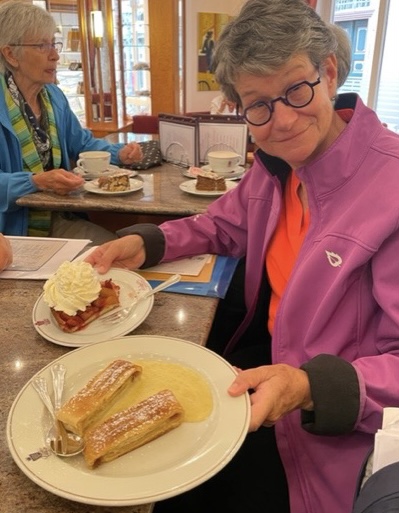
But I am getting ahead of myself.
We were greeted in Miltenberg by the mayor and his deputy, and gifted with a monogrammed umbrella against the rain.
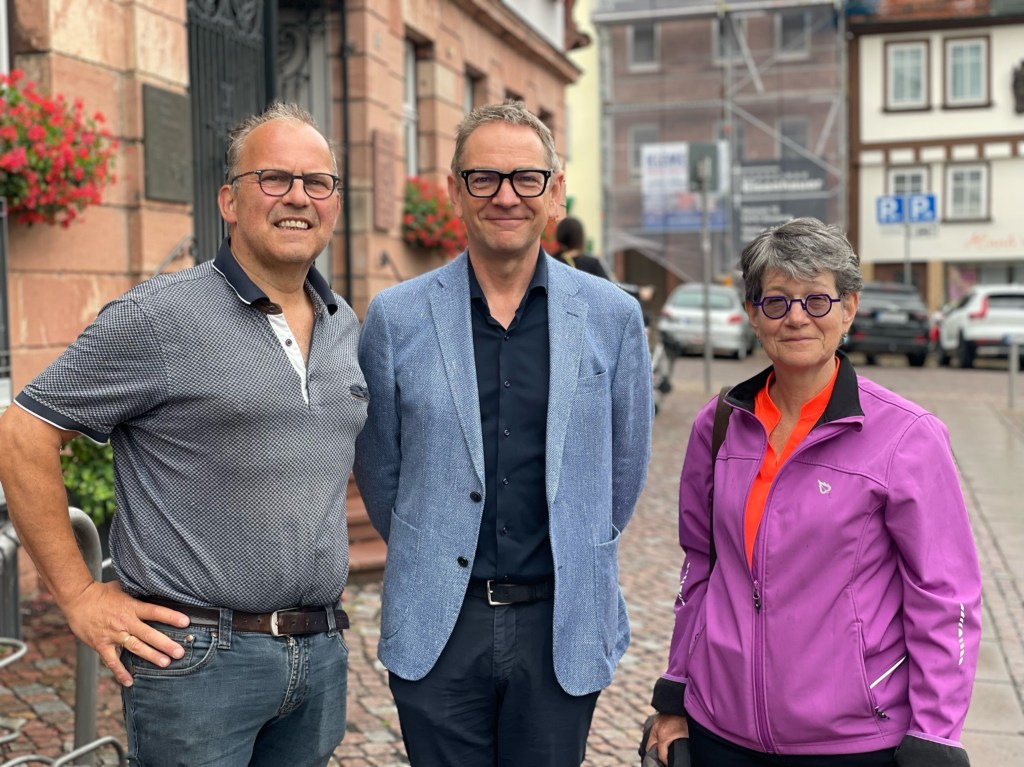
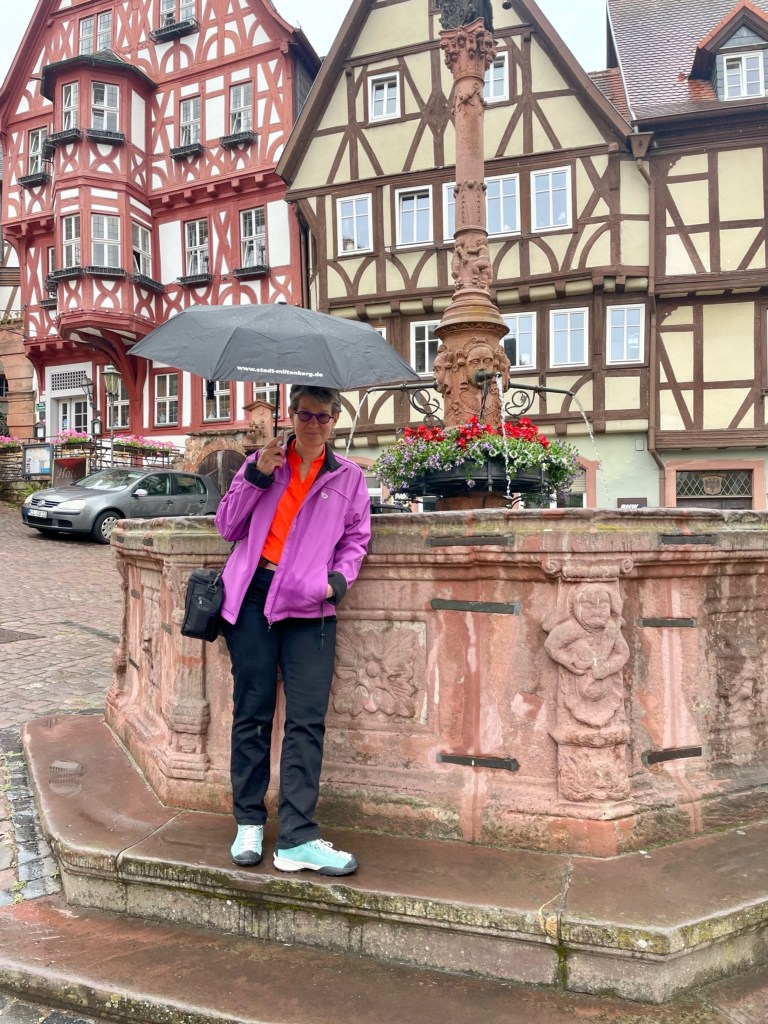
At age nine, my Aunt Charlotte, whose turn it was to visit her Grandma Selma, saved a five year old girl, Elizabeth, from drowning in the river. The newspaper in Miltenberg carried the story in 1932. After the Nazis took power in 1933, my aunt was permitted to stay in the regular school because of her heroism. (She, my mother, and their parents fled Germany for British Palestine later that year.)


We were welcomed in Miltenberg by Elizabeth’s family! Elizabeth’s nieces Dorothea and Ulrike, together with local Jewish historians Gabriele and Georg and other locals, gave us a tour of the town and the Jewish and family landmarks.
Great-Grandmother Selma ran a Miltenberg shoe store after her husband died. By all accounts, she was an excellent businesswoman and a loving grandmother. Today, the store is a pizzeria.
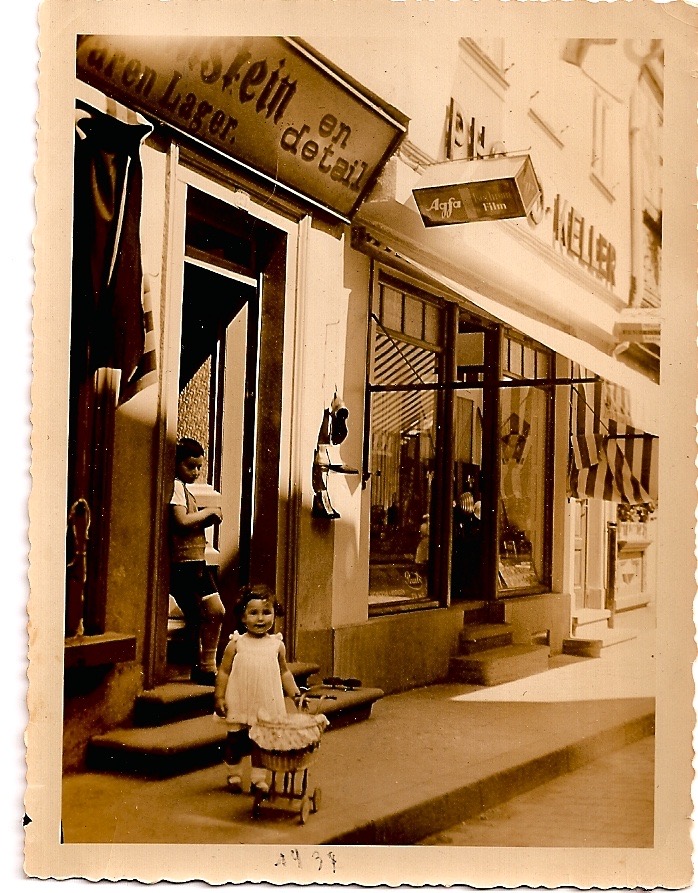
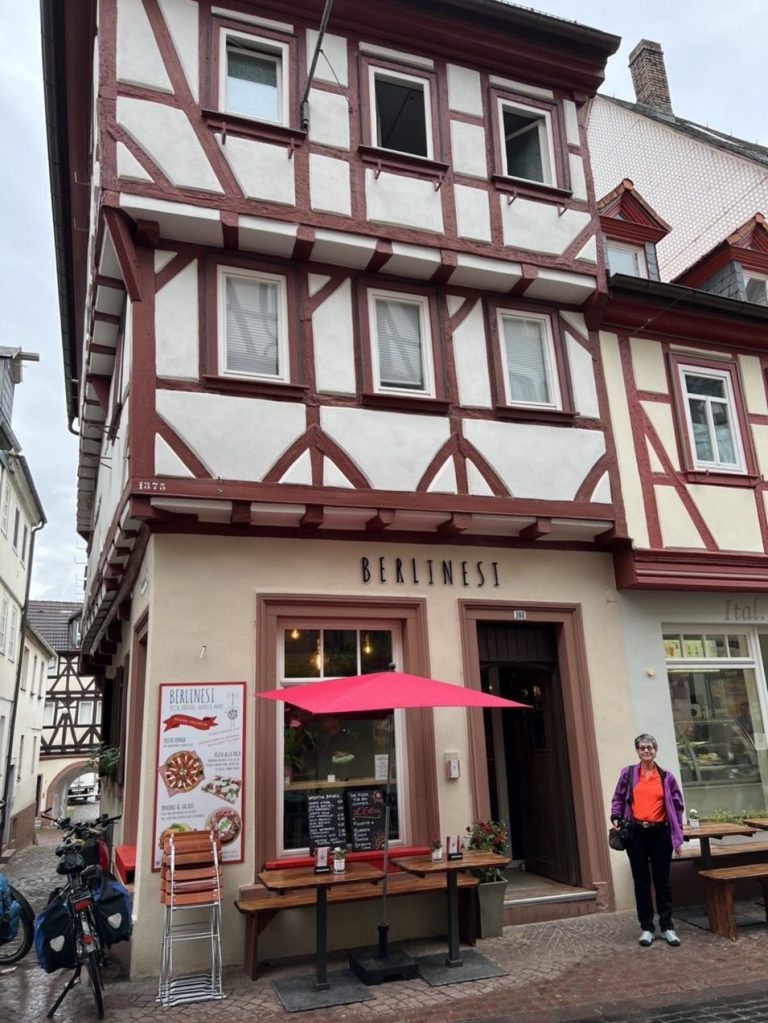
My parents talked lovingly of the freedom their grandma gave them to wander in this forest, something I never had done until yesterday.
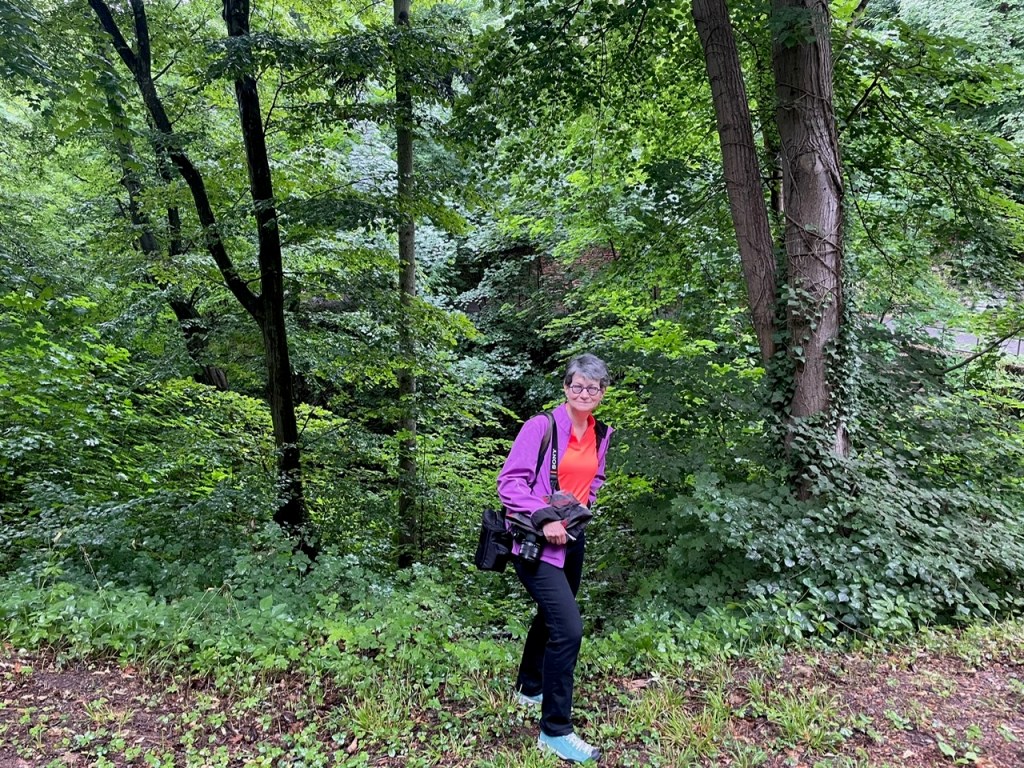
At the edge of the woods, outside the city wall, lies the old Jewish cemetery where several of my forebears are buried. The grass is cut twice a year.


From the fountain we walked to the top of the hill, overlooking the river.

We walked by one of what once were three local synagogues (now there are none), saw salvaged Jewish religious objects in the local museum, and stopped at some of the Stolperstein (“stumbling stones”) that memorialize a few of the Miltenberg Jews who were deported and murdered.

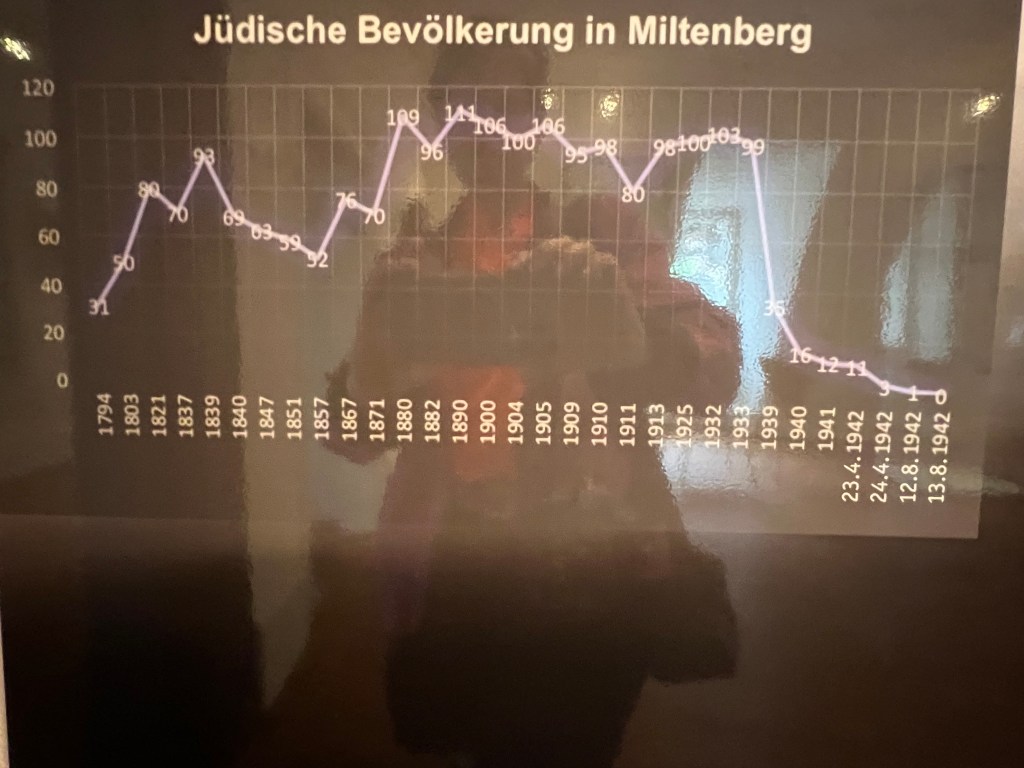
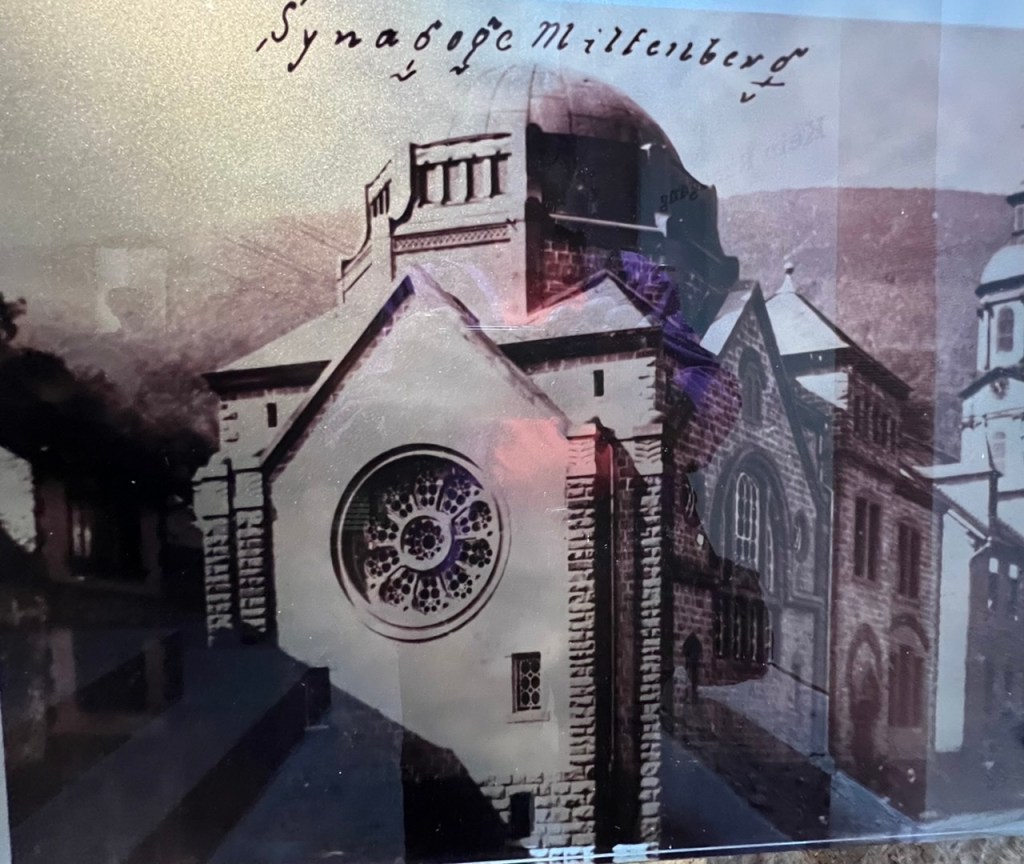
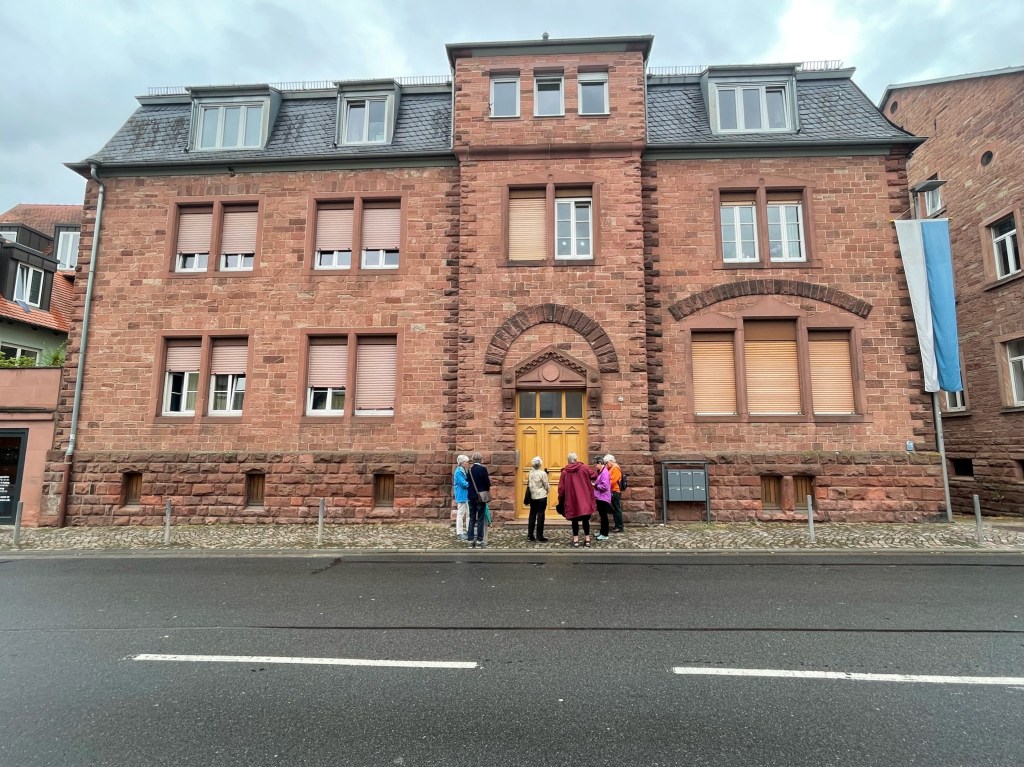

Today no Jews live in this town.
To read prior essays, click HERE.
Leave a comment